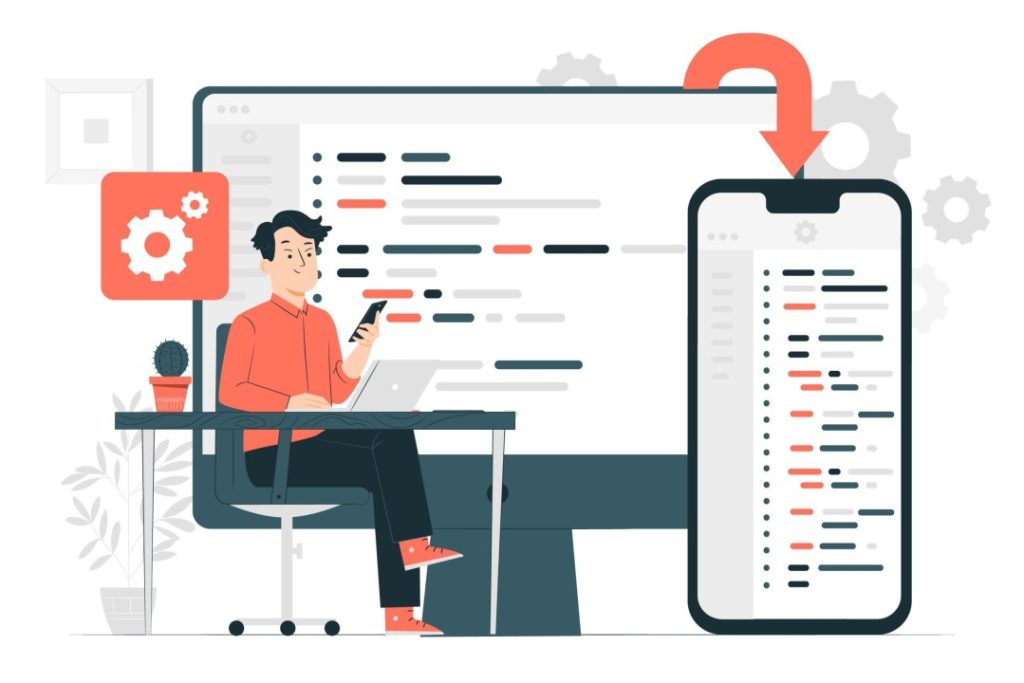In the digital age of today, software has become the core of our daily lives and business activities. From smartphone applications to enterprise-level solutions, software powers every facet of modern society. However, as the software industry flourishes, the importance of protecting software intellectual property (IP) becomes increasingly prominent. For both individual developers and large software companies, an effective IP protection mechanism is not only fundamental in safeguarding their innovative achievements but also crucial in ensuring the sustainability of their economic value and cultural diversity.

Why Intellectual Property for Software Is Important?
Software innovation holds significant value for individuals, startups, and businesses alike. The law stands as the optimal means to protect tangible assets such as software. To leverage the law as a protective measure, programmers and businesses treat software as intellectual property.
Once you regard your software as intellectual property, you gain greater control over who can use it and how it is distributed to the public. Otherwise, there’s a risk of unauthorized use, and you could miss out on potential earnings when people utilize your software. In grave circumstances, you might even forfeit the right to use the software that you have created.
Six ways to protect Intellectual Property Rights in software.
Protecting intellectual property rights (IPR) in software is a crucial aspect of safeguarding one’s innovative work and ensuring sustainable competitive advantage in the market. Here are several strategies to protect IPR in software:
- Copyright Registration: Automatically own copyright from the moment of creation, but registering it provides additional legal benefits. Registration can be especially important if you need to bring a lawsuit for infringement.
- Trademark Registration: If you have unique branding elements like names, logos, or slogans related to your software, trademark registration can prevent others from using similar identifying marks that could create confusion in the marketplace.
- Patent Filing: Patents can be obtained for novel and non-obvious processes, algorithms, or designs within the software. They grant exclusive rights to make, use, sell, or import the invention for a limited time.
- Trade Secret Protection: For those aspects of your software that do not qualify for patent protection, such as code libraries or certain methodologies, trade secret status may apply. Keeping them confidential and implementing appropriate internal controls can help maintain this protection.
- End-User License Agreements (EULAs): These contracts define the terms under which users can use the software. They typically limit what users can do with the software, including restrictions on copying, modifying, and transferring the software.
- Open Source Licenses: If you choose to distribute your software as open source, carefully selecting a license that aligns with your intentions can protect your IPR while allowing others to use and contribute to the software.

What About Agile Software Development?
Agile software development doesn’t follow the sequential approach of traditional software development. Instead, developers collaborate on different parts of the project, communicate as the software evolves, and address issues as they arise. They accomplish these tasks in bursts of work known as “sprints.” Clients or users also have the opportunity to see the partly finished software.
The rapid pace, combined with the swift work of the team members, makes it challenging to determine the ownership of IP (Intellectual Property). Moreover, the portions of software developed by professionals during agile development might only be segments of code that cannot function independently without the rest of the software. Additionally, the short development cycle means developers have less time to think about or document potential IP created during that period. All these factors contribute to the difficulties in identifying IP during the agile development process.
Even so, an agile development cycle still yields Intellectual Property (IP) that you or your company can protect. However, individuals involved in agile development must adapt the techniques they use for identifying and detailing IP. At Shinetech Software, this is how we approach it:
- Have employees and contractors sign nondisclosure agreements.
- Ensure that employee and client contracts include clauses specifying IP ownership of any creations.
- Implement security measures for each project, such as document management and data backups.
- Use copyright notices on projects under development for added protection.
- Treat your projects as trade secrets by applying trade secret protocols to developing projects.
- Store projects under development separately from non-confidential projects.
- Educate employees about trade secret practices.
It is through meticulous preparation, professional developer staff, and utmost integrity towards clients that Shinetech Software is capable of safeguarding customers’ intellectual property during the development process. Since its establishment in 2001, Shinetech Software has not had any legal or financial disputes related to intellectual property in all completed development projects, making it a trustworthy software development partner to you.